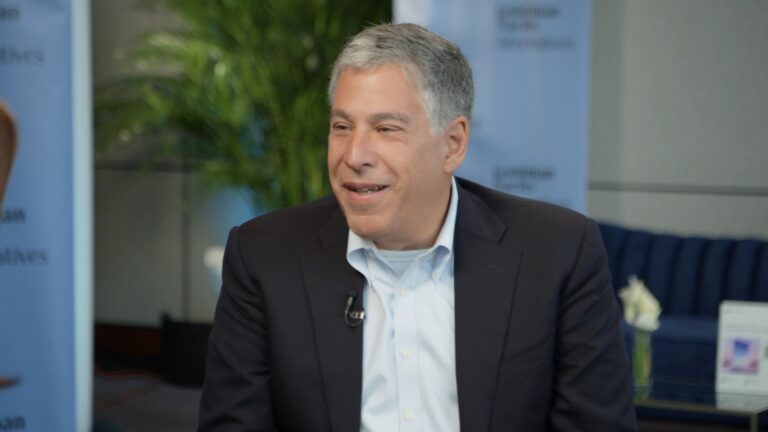
A version of this article appeared in CNBC’s Inside Alts newsletter, a guide to the fast-growing world of alternative investments, from private equity and private credit to hedge funds and venture capital. Sign up to receive future editions, straight to your inbox.
Wealthy individuals have been pouring into alternative assets in recent years, thanks in part to the explosion of evergreen funds, a certain type of fund specifically structured to allow for more liquidity. The catch is, the capital that goes into these funds often has to be spent right away, and that may be creating distortions in the markets.
Think of this deployment structure as a gift card with $100 on it. In the traditional, illiquid model (typically sold to institutional investors) a fund manager can take that gift card and spend it whenever he or she wants – perhaps when assets go “on sale.” But that’s not how it works with evergreen funds. Their hypothetical $100 starts to lose its value each day the money isn’t spent. Therefore, they’re incentivized to buy assets as soon as they can snap them up.
That may be palatable if evergreen funds represent a small proportion of the overall marketplace, but with their rapid ascension, some experts are raising concerns that too many managers are spending too much money all at the same time.
That dynamic, at best, could put a ceiling on future returns. At worst, well — things could get ugly.
Goldman Sachs’ Marc Nachmann runs asset and wealth management for the firm. Goldman has its own “G-Series” suite of open-ended funds across a variety of investment strategies. Nachmann said that while returns could ultimately be limited by the proliferation of evergreens, he thinks it will also create differentiation, similar to a “credit cycle.”
“Some people will let the deployment push investing decisions,” Nachmann said in an interview. “One of the concerns is, are you feeling too much pressure from the flow in the evergreen fund, and are you ending up doing deals that are not as good of a return – or not as good deals – because you have deployment pressure.”
Nachmann added that type of pressure is something he pays close attention to.
“As an example, I don’t have deployment targets for my team, because the last thing I want is anybody feeling like they have to deploy for any reason,” he said.
The universe of evergreen private-market funds is estimated to be about $427 billion, according to PitchBook, and with current trends, total assets could surpass $1 trillion within the next five years. That compares with the market for traditional, drawdown funds, which has about $15 trillion in assets and is expected to grow to more than $20 trillion over that time frame, according to PitchBook.
In addition to Goldman, many of the largest managers – including Apollo Global, Brookfield and KKR – have these types of products. And to be sure, multi-asset managers can offer diversified evergreen funds – spanning multiple industries, strategies and asset classes – which can allow them to shift allocations to areas where they see the most opportunity.
However, one of the strategies where there’s perhaps the greatest risk of market distortion is in the secondary market, where the alternative investors purchase and sell existing ownership stakes – usually at a discount.
As more evergreen funds flood the markets, that discount is narrowing. In the first half of 2025, evergreen funds offered to buy secondaries at 91.1% of net asset value, on average, according to PitchBook, citing Campbell Lutyens data. That represented 432 basis points more than the average pricing in the broader market, up from a 403-basis-point differential in 2024.
The competition for secondary deals has already “bruised traditional buyers,” according to Pitchbook, noting that attorneys advising on these transactions said their traditional buy-side clients are often losing out to retail funds in auctions.
The key question is whether too much money in the private markets causes the private-market premium to ultimately disappear.
“Deployment is the issue,” said Rajib Chanda, who is head of asset management at Simpson Thacher, leading the design, development and structuring of products by alternative-asset managers who are broadening access. “People want to have certainty as to timing and amount of deployment – that is a feature for the consumer and a bug for the investor.”
And it’s worth noting: That tradeoff for liquidity does not mean that investors in evergreen funds can get their capital out anytime. Goldman’s Nachmann also said it’s important to educate retail investors that “semi-liquid” does not mean “liquid.”
“These are illiquid private assets, so you cannot expect the same liquidity as you have from buying a public stock, that you can go and buy and sell any minute,” Nachmann said. “That is really important – that education and that communication is out there. And that goes then to asset allocation: What percentage of your assets can be illiquid?”

